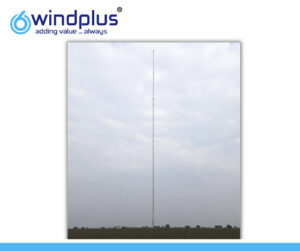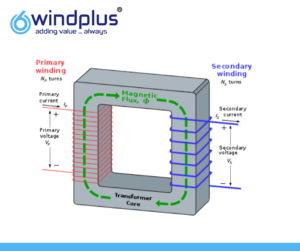The structural integrity of the foundations of wind energy infrastructure determines the reliability and lifespan. Non-Destructive Testing (NDT) has evolved into an effective way that ensures the structural strength of these essential parts without interfering. Have you ever considered the role of non-destructive testing in evaluating and fortifying the foundations employed by the wind industry?
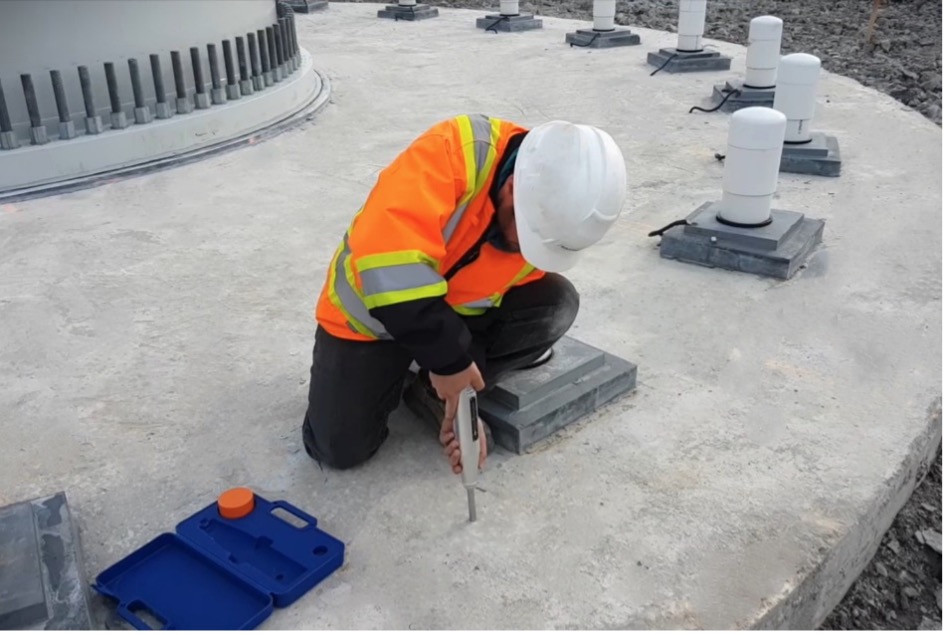
Concrete foundations constitute an essential element in all significant structures, furnishing essential stability to support structural systems or heavy industrial machinery. The specific design and type of foundation rely extensively on factors such as the load imposed by the superstructure and soil characteristics. Consequently, concrete foundations may manifest in various forms and dimensions. In broad terms, foundations can be categorized as;
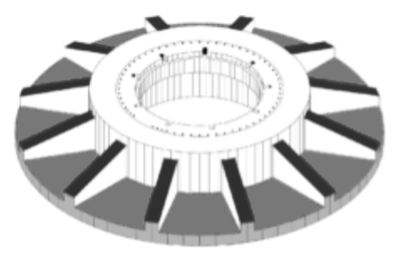
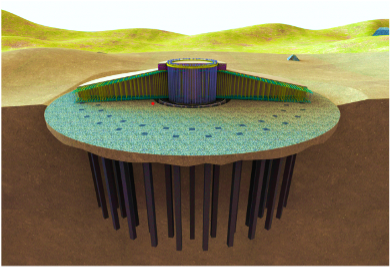
In both a material and practical sense, foundations provide the core components of wind energy projects. For wind turbines to operate safely and effectively for the duration of their operational lives, it is essential that these foundations remain stable. Over time, foundations might get into challenges like the following:
Soil Settling
Changes in soil conditions can lead to settling, affecting the stability of the foundation.
Corrosion
Exposure to environmental elements, especially in offshore installations, can result in corrosion of foundation materials
Structural Fatigue
Continuous exposure to dynamic wind loads and operational stresses can induce fatigue in foundation structures
To monitor the development of strength in concrete mass foundations, routine quality control tests such the slump test, air content, and strength measurement are required. It is important to properly plan the placing and curing of concrete. Any interruptions in work, or change in work order should be fully recorded. The possibility of early-stage shrinkage cracking should be eliminated through the use of an appropriate cure procedure following placement. Alkali-Silica Reactions (ASR) could be an additional concern. Since these foundations are typically exposed, if the aggregates have the potential to be reactive, there will be a significant danger of ASR. The effectiveness of these foundations both during and after hardening can be accessed via non-destructive testing. Some of the non-destructive testing’s are mentioned below.
Non-Destructive Testing Technique:
- Rebound Hammer Test:
This is a simple and widely used method to assess the compressive strength of concrete. The rebound hammer measures the surface hardness of the concrete, which can be correlated with its strength.
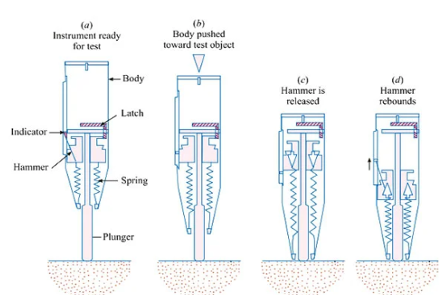
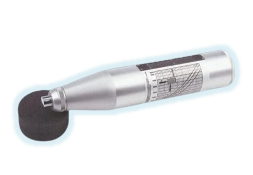
- Ground-Penetrating Radar (GPR):
GPR uses radar pulses to image the subsurface, providing insights into the soil structure or concrete and identifying potential issues such as voids or settling.
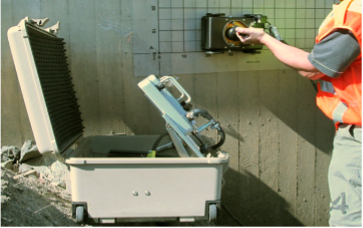
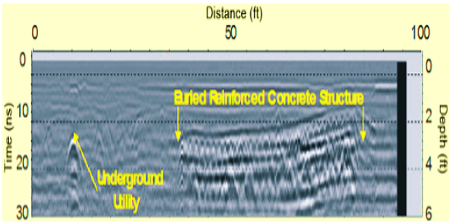
- Ultrasonic Testing (UT):
UT involves sending high-frequency sound waves through the foundation to detect anomalies or discontinuities, such as cracks or voids.
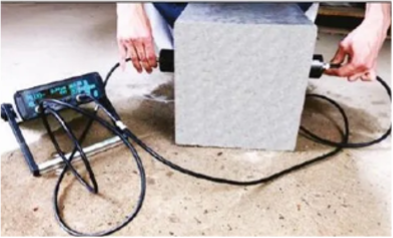
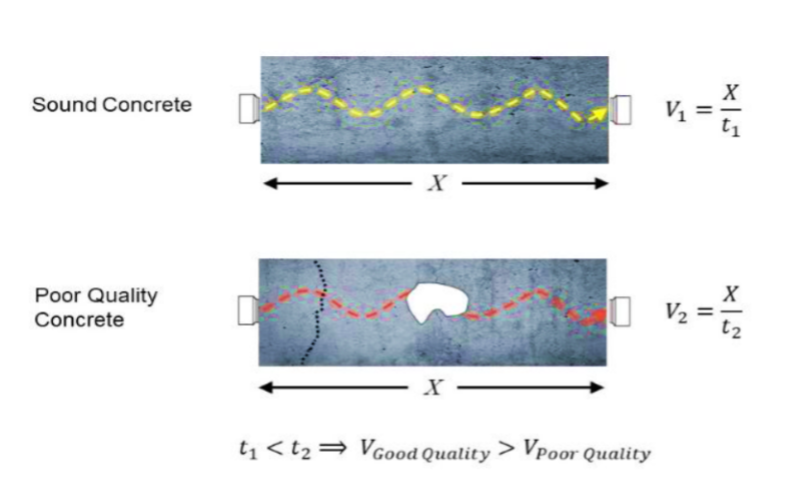
- Impact-Echo Testing / Pile Integrity Test (PIT):
This method involves striking the surface of a structure with an impact and analysing the resulting acoustic response. Impact-echo testing is particularly useful for detecting flaws in concrete, such as delamination’s and voids.
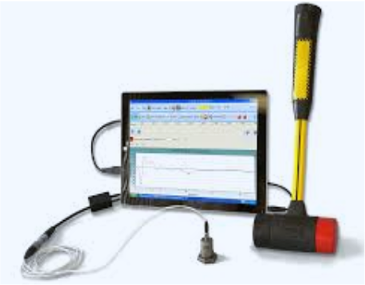
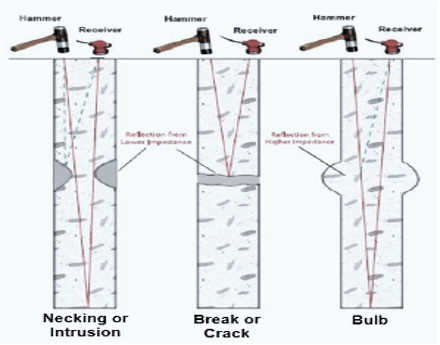
- Visual Inspection:
While not a traditional NDT method, visual inspection is an essential component of any assessment. Inspectors visually examine the foundation for surface cracks, honeycomb, spalling, settlement, cold joints and other visible signs of distress. It can be supplemented with other NDT methods for a more comprehensive evaluation.
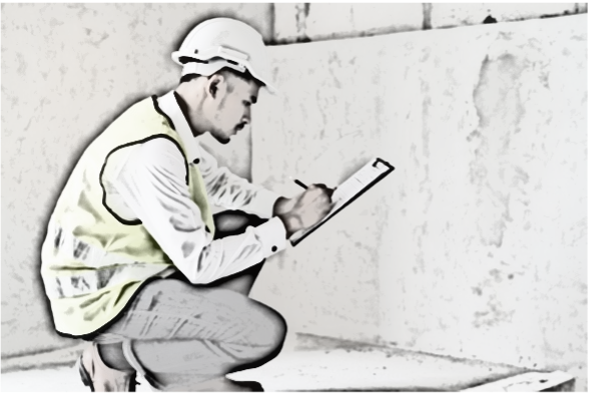
- Benefits of Non-Destructive Testing:
- Early Detection of Defects
- Safety Assurance
- Preventive & Cost-Effective Maintenance
- Extended Service Life
- Quality Control in Construction
- Reduced Environmental Impact

In the wind energy industry, non-destructive testing has become an essential ally, particularly in the evaluation of foundations supporting turbines. A reliable and comprehensive foundation assessment can be obtained by applying the results of NDT into projects involving foundation retrofitting and repair. The proactive use of NDT ensures that these foundations remain robust, reliable, and capable of withstanding the forces of nature, crucial as the sector continues to evolve. By embracing these advanced testing methods, the wind energy sector can confidently pursue its goal of providing solid and sustainable energy solutions for the future.


